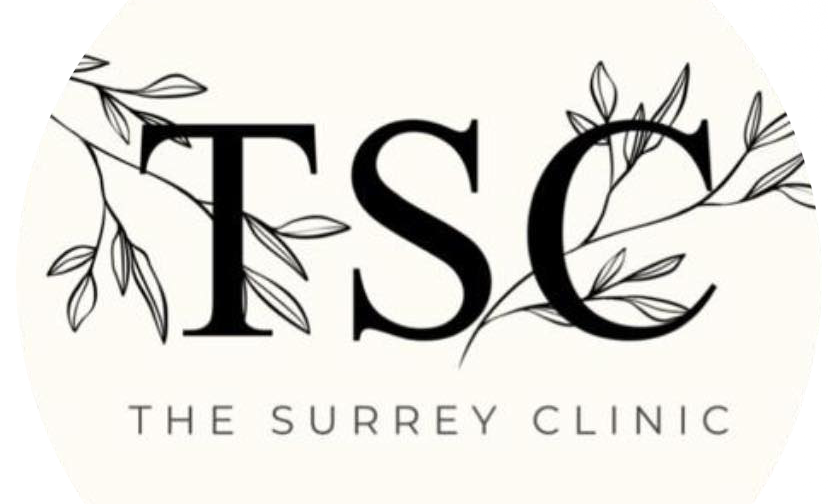Laser Tattoo Removal
Laser tattoo removal at the Surrey Clinic with Q Switched laser is relatively safe way of removing or fading unwanted or old tattoo.
Perhaps you want to have it covered by another modern design. Previously your tattoo artist would have to go much darker or larger. To cover your old tattoo.
Now we can remove or fade a tattoo enough to allow the artist full choice on how to tattoo again. At the Surrey clinic we use All White 3000 Flash Ink ND Yag tattoo removal machine.
How does it work?
When ND Yag Q Switched comes into contact with a tattoo the laser light is absorbed by the tattoo ink it creates a photo acoustic shock wave that releases the heat from the tattoo and shatters into minute particles.
When the particles are shattered they are then able to be carried away and leave the body through the lymphatic system. This then leaves the body through the kidneys and into the urine. It is important to drink lots of water post treatment.
For this type of effect only a Q Switched laser can be used as a photo acoustic shock wave is needed to create the photo mechanical effect. Using lasers without Q Switch will result in not removing the tattoo.
Does it hurt?
The treatment will cause some discomfort. The laser pulses have been likened to having your skin pinged with an elastic band. Some areas like having a tattoo are more sensitive than others.
A cold compress will be used before, during and after treatment to keep the skin cool. The discomfort does decrease after each treatment as the tattoo fades. The treatment is tolerated by most people and aloe Vera gel is applied before you leave the clinic.
Aftercare is of the upmost importance and it is essential that you follow the aftercare guidelines given to you by the laser practitioner for good results.
What happens after treatment?
The area treated will feel hot and the skin will form small white gas bubbles. This is a good sign that heat has been released from the shattered ink particles. This usually disappears within 20 minutes of treatment.
Pinpoint bleeding may occur due to tiny blood vessels within the skin erupting. Skin redness may be present and temporary swelling due to the heat and intensity of the treatment.
How long does the treatment take?
Between 5-30 minutes. Longer treatments could cause too much trauma to the skin so are not recommended. Larger tattoos would be treated at separate sittings though they do not need to be 4 weeks apart.
Depending on the tattoo and result required (total removal or cover up) treatments will be minimum of four weeks apart.
Will my tattoo be removed completely?
Possibly. Modern lasers can give fantastic results but there are no guarantees. The most difficult colours to remove are white, yellow, light greens and fluorescent.
There are many factors that can affect the treatment results such as:
- Age of tattoo
- Type of ink
- Depth of ink
- Depth of colour
- Area of tattoo
- Skin type
- Your healing ability
- Aftercare
We will discuss your individual tattoo at the consultation stage
Am I suitable for treatment?
Patients that should not be treated:
- Pregnant, or trying to become pregnant.
- Breastfeeding (risk of transfer of ink to baby)
- Chemotherapy within the last six months
- Users of Accutane or Tretinoin-Retin A within the last 6 months for the treatment of acne or dermatological conditions.
- Type one diabetes
- Bleeding disorders
- Anyone with an immune system disorder
- Active infections or inflammatory skin conditions at the treatment site
- An active tan
- Thrombocytopenia
- Peripheral vascular disease
- Anaemia
- Rheumatoid arthritis/juvenile rheumatoid arthritis
- Chronic disease (crohns disease, IBD, etc)
- Renal failure
- Malignancy
- Multiple Sclerosis
- Epilepsy (flashing from machine could induce a fit)
- Collagen vascular diseases
- Users of St. John's wort in the past 3 months
- Waxing, plucking, sugaring or threading emulation treatment of the area in the past 4 weeks
- Surgical metal pins or plates under tissue to be treated
- Wearing a pacemaker
- Taking any topical medication such as hydrocortisone, wearing perfumes, deodorants, essential oils or sunblocks can cause photosensitivity.
How much does it cost?
Prices usually start from £40 per session depending on the size and colour of the tattoo. We will be able to give you a full quote during your consultation.
A consultation and obligatory patch test is £20 and we can do this straight away. Providing all is well with the patch test the treatment can start one to two weeks after depending on your skin type.
